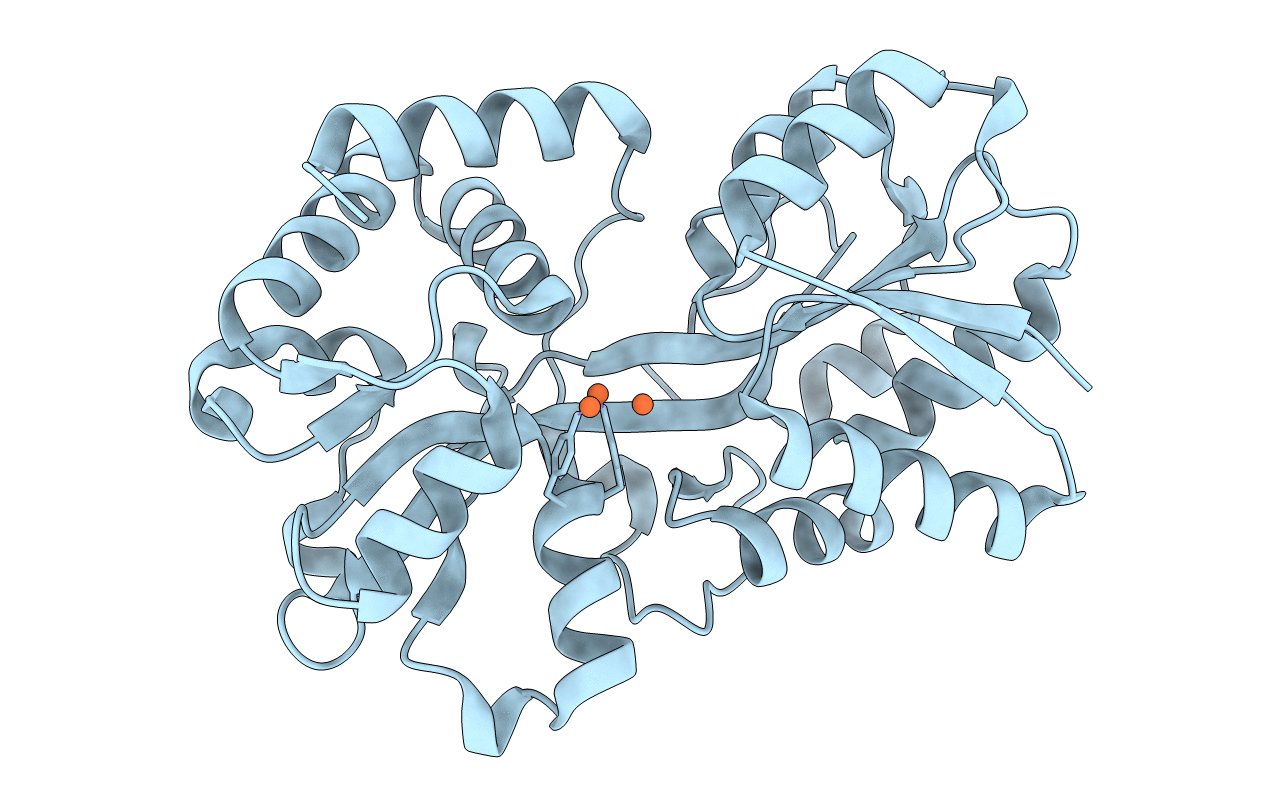
Deposition Date
2010-08-11
Release Date
2010-09-15
Last Version Date
2023-11-01
Entry Detail
PDB ID:
3ODB
Keywords:
Title:
Haemophilus influenzae ferric binding protein A -Iron Loaded -open Conformation
Biological Source:
Source Organism:
Haemophilus influenzae (Taxon ID: 727)
Host Organism:
Method Details:
Experimental Method:
Resolution:
1.62 Å
R-Value Free:
0.25
R-Value Work:
0.20
R-Value Observed:
0.20
Space Group:
P 21 21 2


